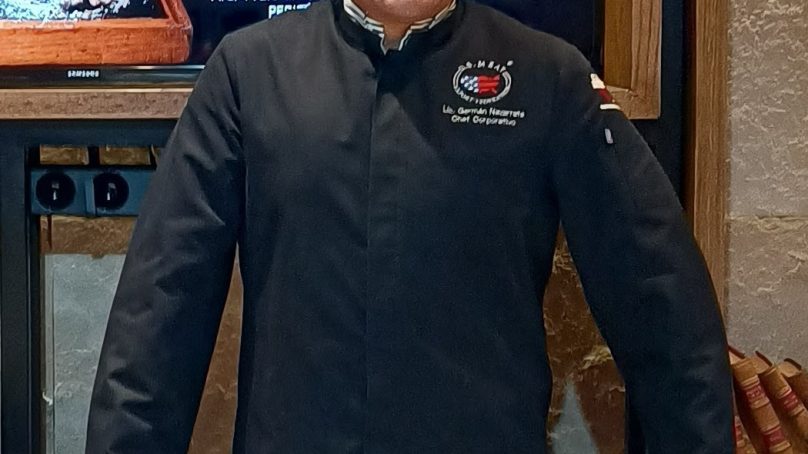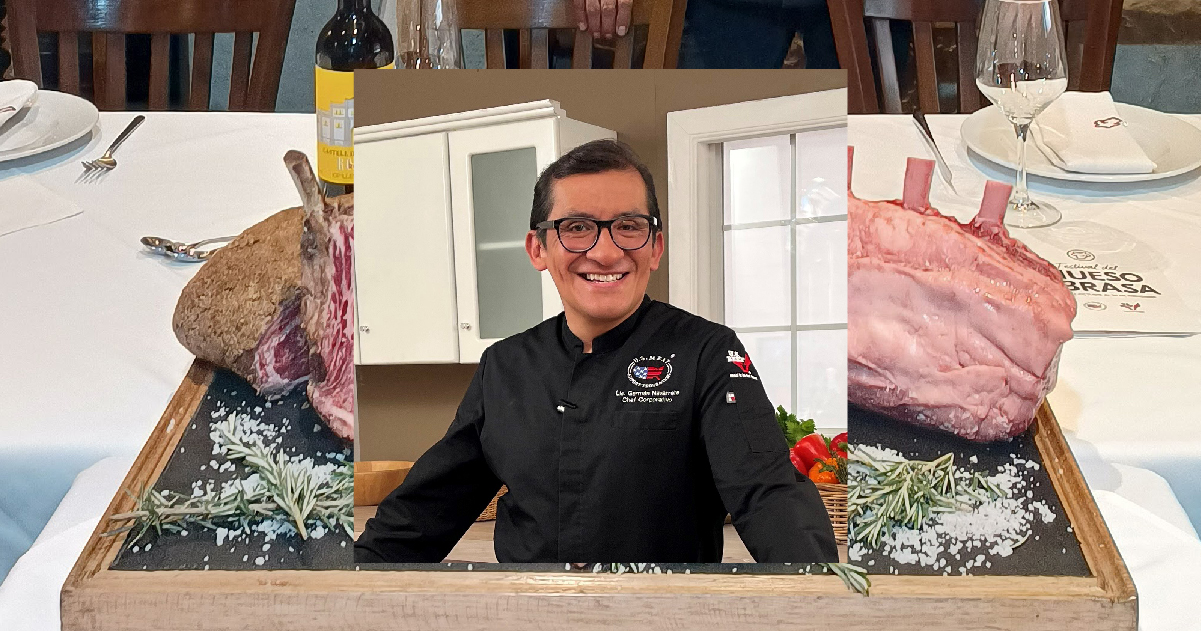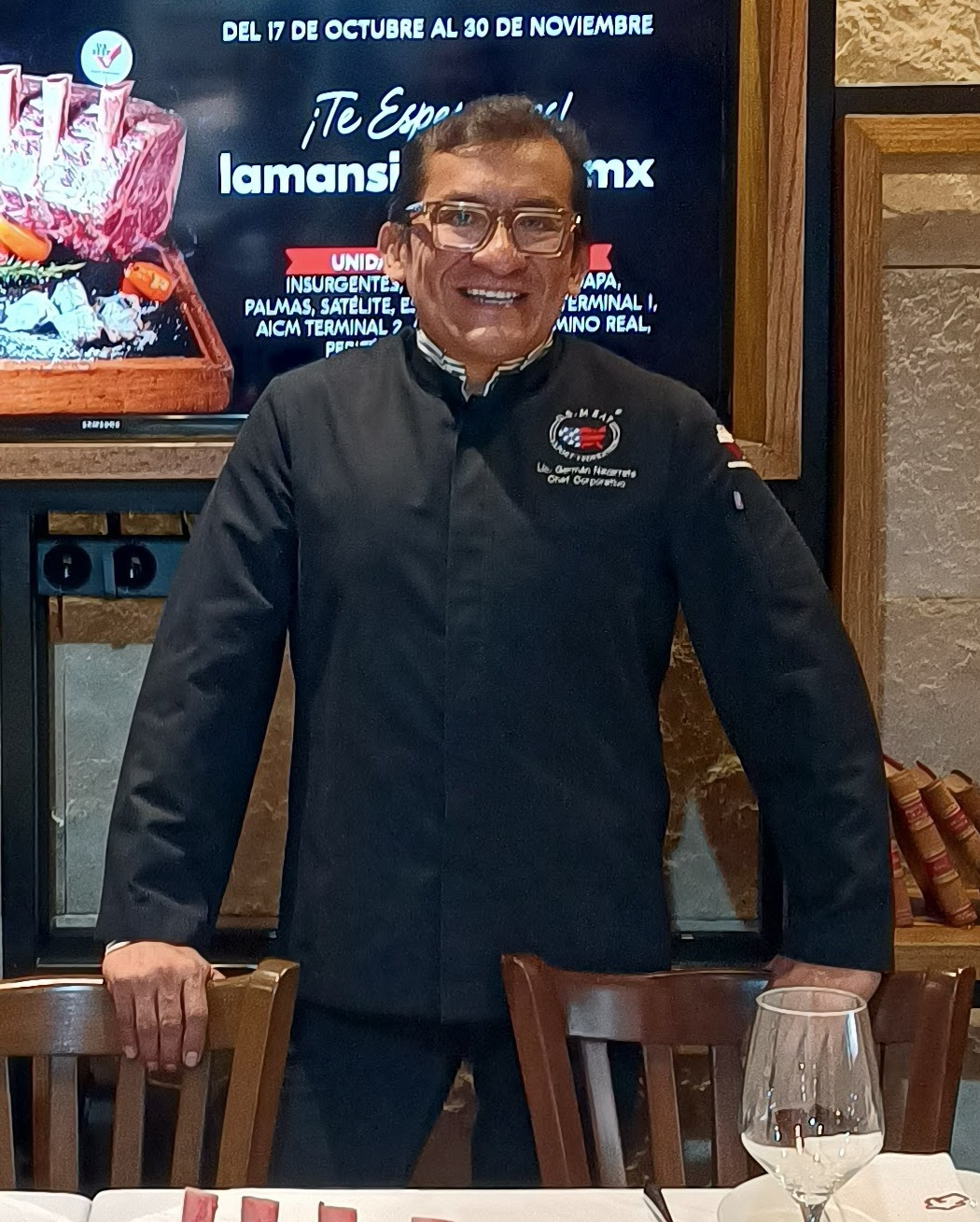

What role is US Meat playing in promoting sustainable practices across the red meat segment?
Sustainability is increasingly important to consumers and is often a factor in their dietary decisions. Cattlemen in the US can be considered among the original pioneers in sustainability, having focused on producing more with less for decades. Their livelihood depends on ensuring that the land they raise their cattle on is well taken care of so that it can be handed down to the next generation.
Cattle in the US are raised on dry, arid and rocky land that is generally unsuitable for other agriculture and play an important role in upcycling plants that cannot be consumed by humans into protein-rich, delicious beef. Grazing is an extremely important element in ensuring that the American grasslands, which capture and store vast amounts of carbon in the soil, remain healthy and productive. The average cattle herd size in the US is less than 50 animals. For US producers, raising cattle is a labor of love and very often an effort to carry on a family legacy. Animal welfare is front and center for American cattlemen. Without caring for their animals and ensuring they are healthy, they can’t produce the product that consumers expect.
What are the defining characteristics of US beef and its quality standards?
Elements that set US beef apart include the specialized genetics, obtained through breeding the cattle that are used in production, the care taken during their raising to avoid any stress and the supervised attention given to the packing at the plants to ensure a safe product.
Because the animals are fed grains – mainly corn – during the final stages, the meat has the right amount of marbling (fat within the muscles) that guarantees great juiciness, flavor and tenderness. It is this factor that determines the quality classification given by independent graders from the US Department of Agriculture.
The classification process is based on the amount of marbling found in the muscle between the 13th and 14th ribs.
That said, all US beef products are of the highest quality – the classification simply determines the different product profiles to be applied when deciding on the cooking methods and preparation procedures to obtain the best result.
What US meat offerings are currently proving popular?
While rib-eyes and tenderloin are among the most sought-after US products, people have access to a much wider choice of cuts today. We can now find brisket, top sirloin cap, hanger steaks, tri-tip, flank and flap meat at both supermarkets and famous steakhouses. Suppliers in the Middle East are currently importing some of the underutilized cuts to keep up with these trends.
US ground beef is another popular item on menus, with restaurants now stuffing patties with all kinds of ingredients.
We have also seen the ‘back to basics approach to cooking,’ with low and slow preparations found on menus. In another development, US beef producers have implemented Halal practices in some plants, allowing them to hold Halal certifications and respond to this expanding demand.
Meat preparation is a key part of the process. What are the latest trends in this area?
US beef can provide a unique gourmet experience because it is so flexible, working well with sought-after Korean flavors, Mexican spices, Asian sauces and Middle Eastern condiments, for example. As a Mexican, I have ventured into serving blind tasting dinners, where attendees have been able to try different US beef cuts with original Mexican sauces and flavors, once unheard of. The results and experiences have been extremely rewarding and some chefs have applied these ideas to their menus, always adding their personal touch of course, but proving that these new elements match US beef’s versatility and unique characteristics.

Oscar Germán Navarrete Terán,
USMEF corporate chef for México, Central America and the Dominican Republic













